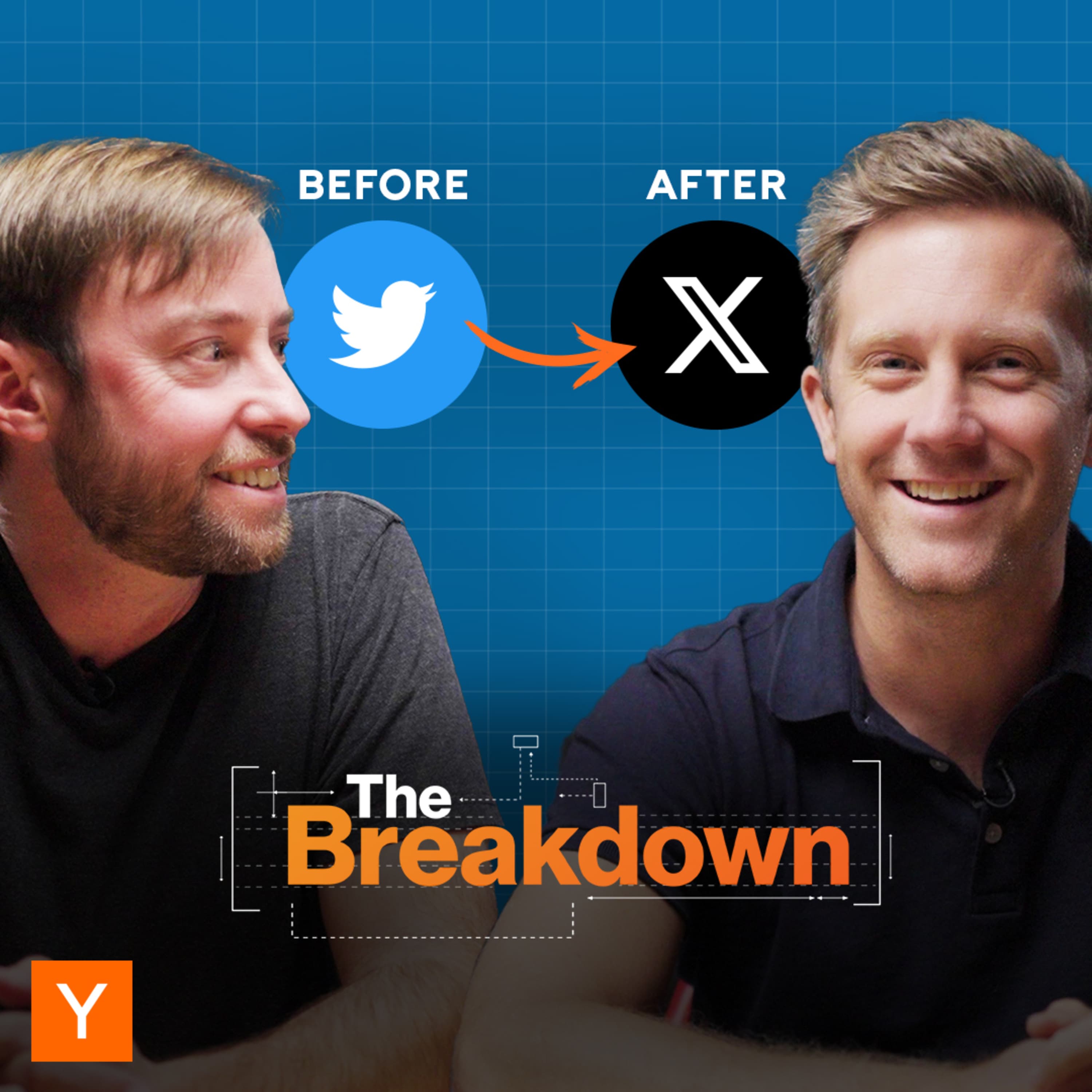
December 4, 2024
Twitter Rebranded: Startup Lessons from Product Evolution
In a recent podcast episode, Tom Blomfield and David Lieb delved into the intriguing world of consumer products, with a special focus on the evolution of Twitter, now known as X. This conversation takes us on a captivating journey through user engagement, product design, and the delicate equilibrium between user satisfaction and business objectives.
The Trade-off Between Engagement and Quality Content
Tom initiated the discussion by posing a thought-provoking question:
"How do you know if your users are getting value from your product?"
He highlighted that while it might seem straightforward to equate increased content consumption with user satisfaction, the reality is often more nuanced.
"Me watching a bunch of fistfight videos is not what I actually want."
David concurred, pointing out that an obsession with optimizing for one metric can lead to unintended consequences. He argued that founder CEOs often have an advantage in these situations, as they have the moral authority to steer the company based on their beliefs and vision.
The Evolution of Twitter
The conversation then pivoted to Twitter, with Tom and David dissecting the platform's recent changes under new ownership. They noted the shift from a chronological feed of topics to an algorithmic feed, which they compared to TikTok's content delivery.
"It's not like a button has changed or the color scheme has changed, but just somehow the content has quietly morphed in a way that is becoming more evident."
The Impact of Changes on Twitter's Revenue and Commercials
In the additional portion of the podcast, Tom and David delved deeper into Twitter's changes, discussing the introduction of curated lists and the platform's effectiveness during breaking news events. They also touched on the controversial blue tick feature and the recent name change to X.
"While engagement metrics might be off the charts, ad revenue is down significantly due to advertisers pulling out due to the type of content their ads might appear next to."
The Role of the Product Leader
Tom and David then delved into the role of the product leader, emphasizing the importance of having a clear vision for the product and the authority to enforce it. They cited Steve Jobs' leadership in building the iPhone as an example, noting that his clear vision and ownership of the product led to a consistent and purposeful design.
Reflecting on the History of Social Networks
The duo concluded their discussion by reflecting on the history of social networks and the lessons that can be learned. They noted that platforms like Facebook and Instagram initially thrived by providing users with content from their chosen networks. However, as these platforms grew and began to prioritize engagement over user satisfaction, the quality of content declined.
"Product builders should focus on solving real-world problems and resist the urge to prioritize engagement at the expense of user satisfaction."
To wrap up, Tom and David shared their advice for product founders, emphasizing the importance of articulating what the product is for, who it's for, and what the good and bad states for a user might be.
"They warned against mindlessly optimizing for a single metric to the exclusion of all other factors."
This podcast episode was a fascinating exploration of the challenges and opportunities in product design and user engagement. It offered valuable insights for anyone interested in the world of consumer products and the complex dynamics at play in the quest for user satisfaction. If you're intrigued by these topics, you'll definitely want to give the full episode a listen. And if you have a product that you'd like Tom and David to dissect in future episodes, be sure to let them know in the comments.

Building A $2 Billion SaaS Company: Lessons From A Two Time Founder
This blog post explores the entrepreneurial journey of Rujul Zaparde, detailing his experiences from FlightCar to Airbnb and beyond. It highlights key lessons in resilience, first-principles thinking, and the importance of diverse experiences in shaping a founder's mindset.

Stop Innovating (On The Wrong Things) | Dalton & Michael Podcast
The role of innovation in startups, focusing on the importance of directing innovation efforts towards solving real customer problems and achieving product-market fit. The post will also highlight the potential pitfalls of unnecessary innovation and the risks of deviating from established best practices.